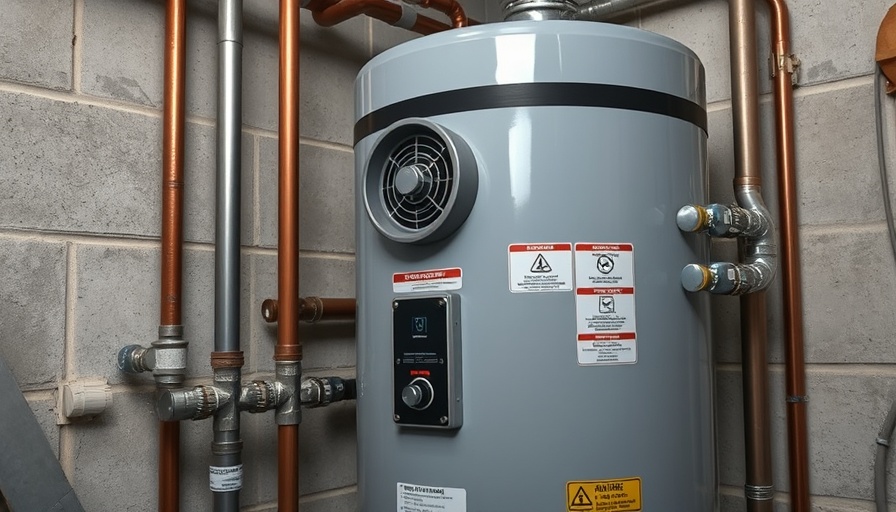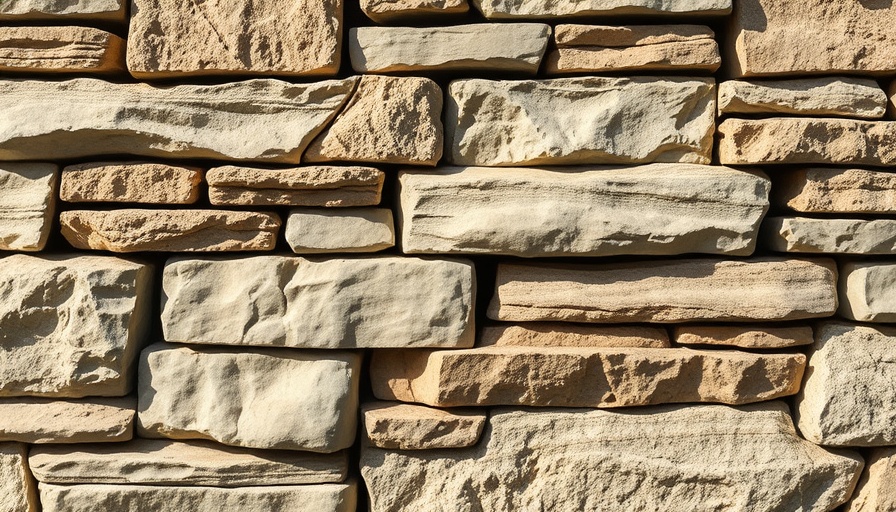
Understanding Tree Resilience: A Novel Method
As climate change and drought conditions increasingly impact urban environments, the need for sustainable tree management has never been more critical. Researchers from Flinders University are tackling this challenge head-on by introducing a groundbreaking 'personality' test for trees. By assessing their resilience to drought, scientists hope to implement better care strategies for our urban forests.
What is a Tree's 'Personality'?
The concept of assessing a tree's personality stems from the notion that different tree species respond variably to environmental stressors, much like individuals do. According to Professor Huade Guan, trees differ in their ability to uptake water; some may thrive when the soil is moist but falter under drought, reflecting a trade-off between efficiency and safety. This understanding is crucial for urban planners and gardeners who need to maintain tree health amidst rising temperatures and irregular rainfall patterns.
The Innovative Research Behind the Test
The innovative method employed in this research involves non-destructive, scalable techniques to measure a tree's hydraulic properties. The team developed a system similar to a Holter monitor used in healthcare, which continuously tracks a tree's sap flow and water potential. This approach significantly reduces the labor and damage typically associated with traditional measurement methods, allowing for broader assessment across urban landscapes.
Applications for Urban Forestry
With cities constantly changing and evolving, understanding how urban trees cope with drought will greatly aid municipal authorities in their management efforts. The 'personality' test can help urban councils decide when to intervene with irrigation or whether the trees can survive autonomously. Flinders University's ongoing project, 'Drywells and Trees,' combines research with practical applications, investigating how harvesting roof water can bolster tree health during dry spells.
Collaborations for Better Urban Canopy
This initiative underscores the importance of collaborative efforts among various institutions, including the National Centre for Groundwater Research and Training, and partnerships with several city councils across South Australia. Together, they are not only nurturing urban greenery but also enhancing community capabilities to cope with climate change. Support from funding programs, such as the Hort Innovation Green Cities Program, is essential in ensuring these vital research initiatives reach their full potential.
Looking Forward: Implications for the Future
This innovative approach is a testament to the intersection of technology, ecology, and community. By proactively managing urban trees and understanding their stress responses, cities can create more resilient ecosystems. These efforts are crucial not only for combating immediate climate challenges but also for paving the way toward sustainable urban living, enhancing both ecological health and community well-being.
Emphasizing the Role of Urban Trees
As the climate crisis escalates, maintaining urban trees has far-reaching implications. Trees not only contribute to improved air quality and carbon sequestration but also provide essential green spaces for community health. By embracing new technologies and methodologies, we can ensure that our urban forests are equipped to handle whatever challenges lie ahead.
 Add Row
Add Row  Add
Add 






Write A Comment